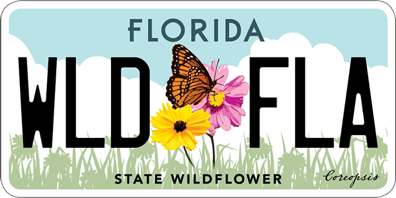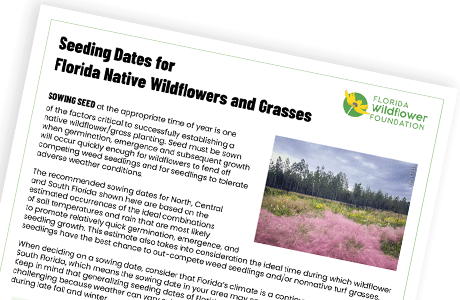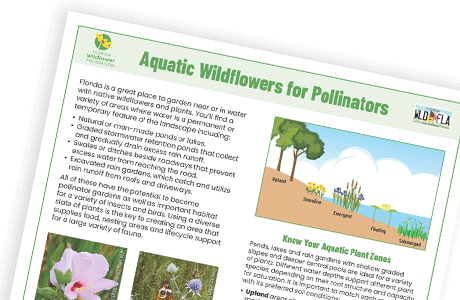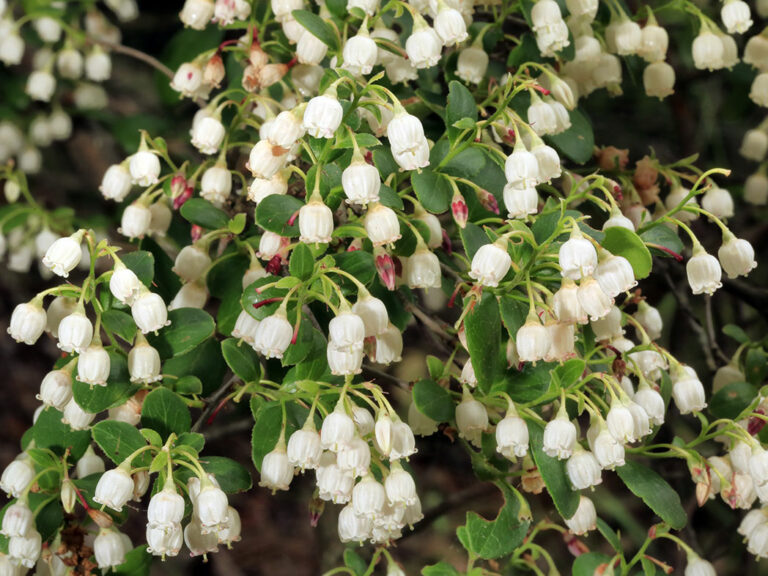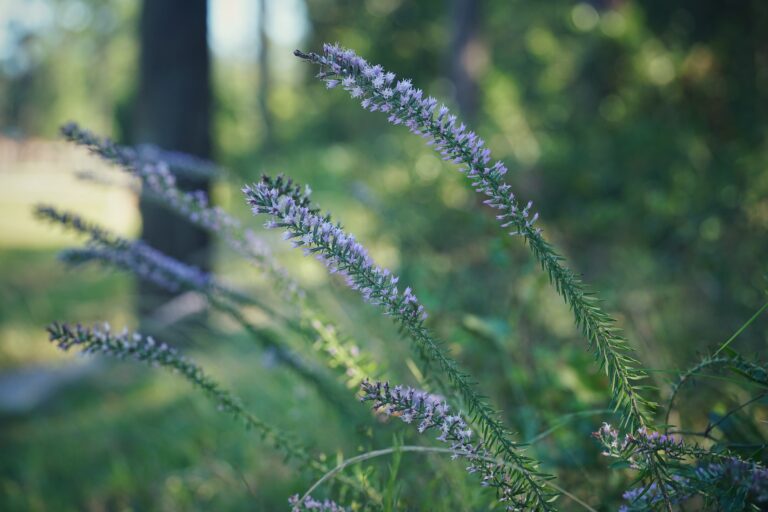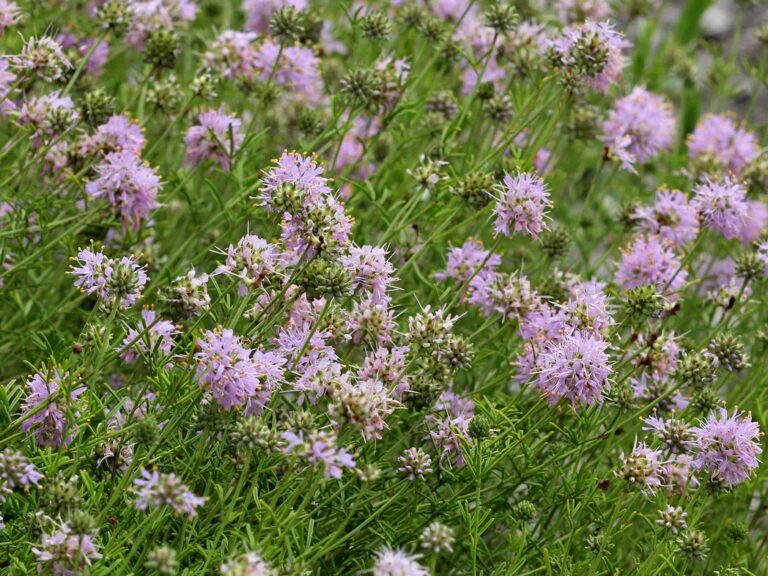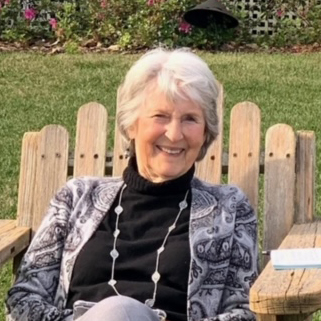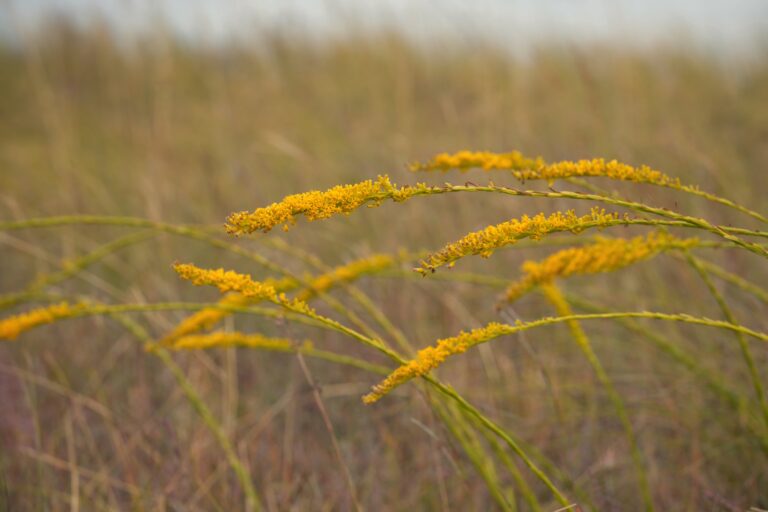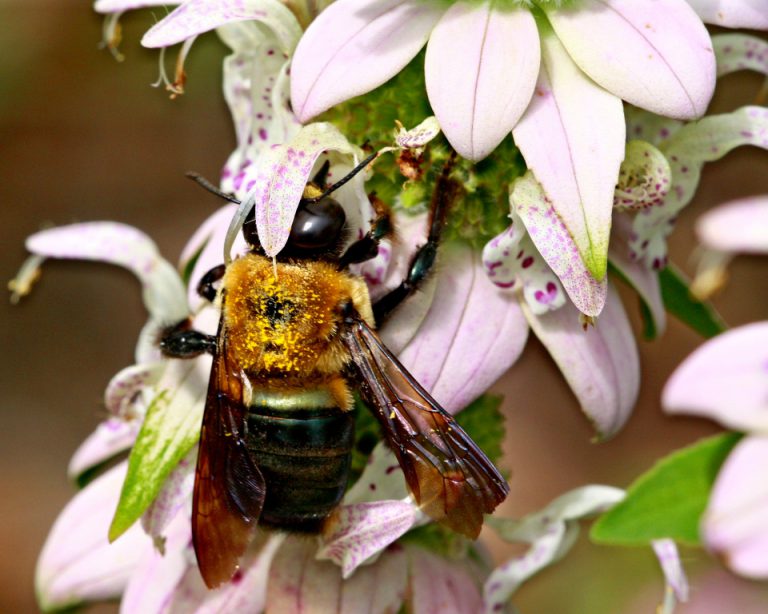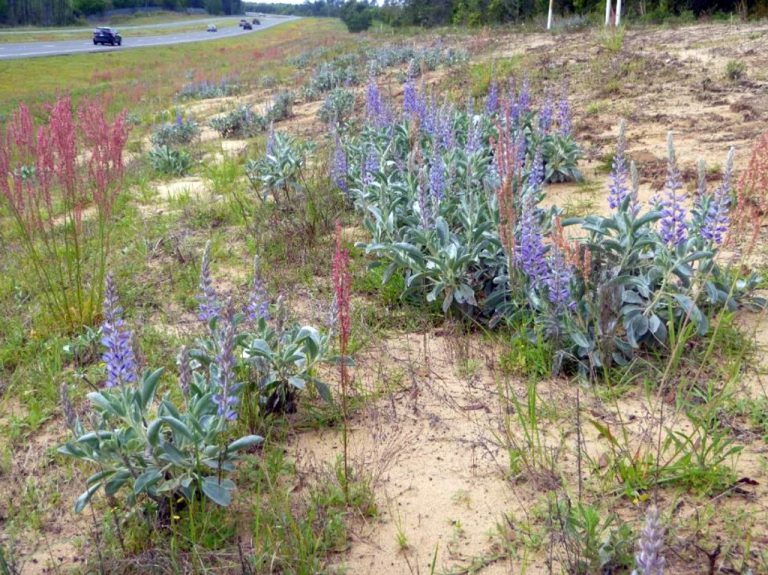Seeding Dates
Sowing seed at the appropriate time of year is one of the factors critical to successfully establishing a native wildflower/grass planting. Seed must be sown when germination, emergence and subsequent growth will occur quickly enough for wildflowers to fend off competing weed seedlings and for seedlings to tolerate adverse weather conditions. Versión en español disponible.
